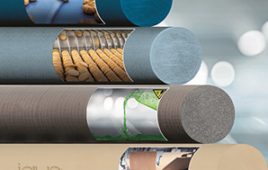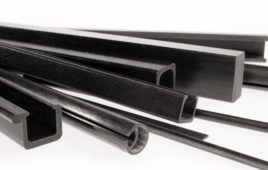Scientists at the University of Bath are developing a process for turning pinene, the chemical that gives pine trees their distinct aroma, into plastic.
Pinene is found in pine needles and is also a paper industry waste product. It is part of the terpene chemical family, a group that includes a variety of hydrocarbons found in conifers.
In recent years, materials scientists have made strides in making plastics more sustainable. Degradable plastics are made from polylactic acid, or PLA, which is derived from crops like corn and sugar cane. But PLA is usually mixed with caprolactone, a rubber polymer derived from crude oil, to boost flexibility.
Researchers turned pinene into a rubber polymer they believe can replace caprolactone. The pinene polymer could be combined with PLA to create a 100 percent sustainable plastic suitable for food packaging, plastic bags and more.
“We’re not talking about recycling old Christmas trees into plastics, but rather using a waste product from industry that would otherwise be thrown away, and turning it into something useful,” Helena Quilter, PhD student at Bath’s Center for Sustainable Chemical Technologies, explained in a news release. “So if we can make a plastic from sustainable sources, it could make a big difference to the environment.”
So far, scientists have only made a small amount of the pinene polymer, but they are working on scaling up their process. They described their early success in the journal Polymer Chemistry.
“This research is part of a wider project that looks at using bio-based chemicals like pinene as a sustainable starting material for making a range of useful products, in the place of petrochemicals,” added Matthew Davidson, the director of CSCT. “This reduces our reliance on fossil fuels and provides a renewable feedstock that has the potential to revolutionise the chemical industry.”
Filed Under: Materials • advanced




